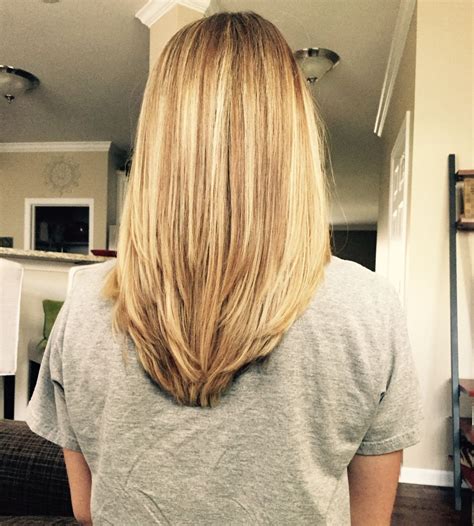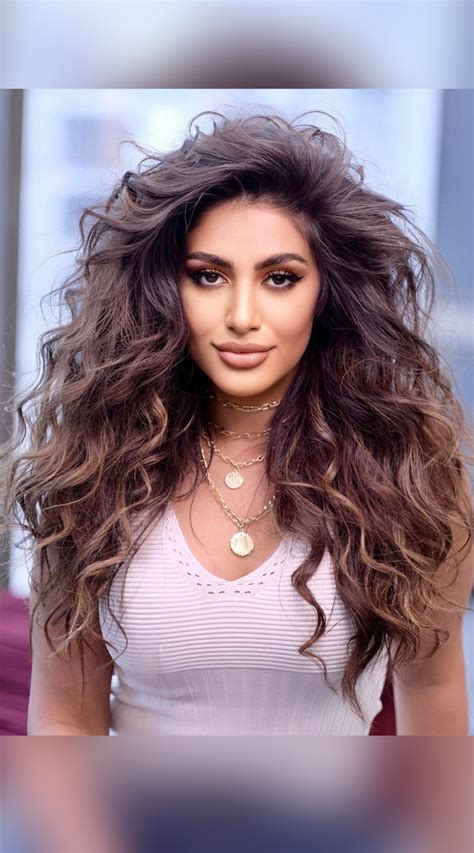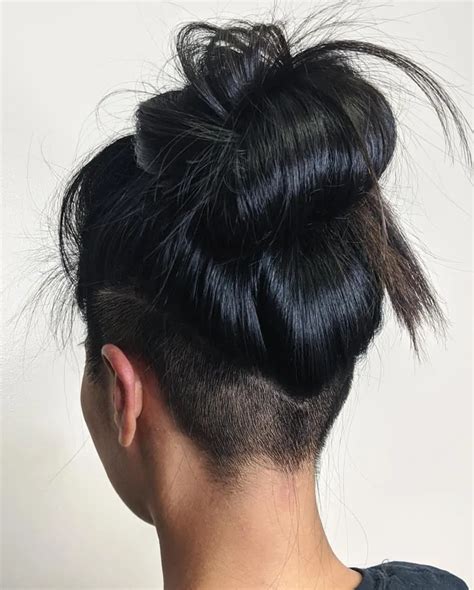Discover how to understand and choose the perfect hair color, matching it with your skin tone, and maintaining it with helpful tips. Experiment with different shades!
Understanding Hair Color Chart
Contents
When it comes to dyeing your hair, understanding the hair color chart is essential in achieving the perfect shade. The hair color chart is a tool used to identify different shades of hair colors and their corresponding tones. It is helpful in determining which shade will work best for your desired look and skin tone.
There are different levels of hair color, ranging from 1 (black) to 10 (lightest blonde). Within each level, there are different tones such as cool, warm, or neutral. Understanding these tones and levels is crucial in selecting the right hair color for your needs.
For example, if you have a fair complexion, you may want to stick with hair colors that are on the lighter end of the spectrum, such as light blonde or ash brown. On the other hand, if you have a darker complexion, you may want to consider deeper shades like chocolate brown or dark red.
By referring to the hair color chart, you can also determine which hair dye shades will complement your skin tone the best. This can prevent any unwanted results and ensure that you achieve a color that enhances your natural beauty. It’s important to keep in mind that the color on the box may not always be an accurate representation of how it will look on your hair, as it can vary depending on your current hair color and texture.
Choosing the Right Shade
When it comes to changing your hair color, choosing the right shade can be a daunting task. With so many options available, it’s easy to feel overwhelmed. However, by considering your skin tone and personal style, you can narrow down your choices and find the perfect shade for you.
First, it’s important to determine your skin undertone. Whether you have cool, warm, or neutral undertones will play a big role in which hair color will look best on you. For example, if you have cool undertones, ashy or cool-toned hair colors will complement your complexion. On the other hand, if you have warm undertones, golden or warm hair colors will be more flattering.
Another factor to consider when choosing the right shade is your personal style and preferences. Do you prefer a subtle, natural look, or are you more adventurous and open to experimenting with bold colors? Your lifestyle and the maintenance required for certain shades should also be taken into account.
It’s also helpful to consult with a professional hair colorist who can provide personalized recommendations based on your skin tone and preferences. They can offer valuable insight and expertise to help you make the best decision for your hair color.
Matching with Skin Tone
Matching your hair color with your skin tone can make a huge difference in your overall look. There are different shades of hair colors that are specifically designed to complement various skin tones. It’s important to find the right shade that will enhance your natural beauty and make you stand out.
One of the key factors in finding the perfect hair color for your skin tone is identifying whether you have warm, cool, or neutral undertones. If you have warm undertones, hair colors with golden, red, or caramel tones will look best on you. On the other hand, if you have cool undertones, shades like ash blonde, platinum, or cool brown will be more flattering. If you have a neutral undertone, you can pretty much pull off any hair color.
Another important aspect to consider is the depth of your skin tone. If you have a lighter skin tone, opting for lighter hair colors can complement your complexion beautifully. Conversely, if you have a darker skin tone, darker hair colors such as chocolate brown, deep red, or black will be more suitable for you.
It’s essential to consult with a professional hairstylist or colorist to determine the right hair color that will best suit your skin tone. They have the expertise to analyze your skin tone and recommend the most suitable hair color options for you. Consider bringing in pictures of hair colors you are interested in, as this can help them understand your preferences and make better recommendations.
Hair Color Maintenance Tips
So you’ve finally found the perfect hair color shade that complements your skin tone. But after a few weeks, your once vibrant locks start to fade and lose their luster. This is a common problem for many individuals who color their hair. However, with the right maintenance tips, you can keep your hair color looking fresh and vibrant for longer.
One of the most important hair color maintenance tips is to invest in a good quality color-protecting shampoo and conditioner. These products are specifically formulated to help lock in the color and prevent it from fading. Look for products that contain UV filters and are sulfate-free to ensure maximum protection for your hair color.
In addition to using color-protecting products, it’s essential to minimize the frequency of washing your hair. Washing your hair too often can cause the color to fade faster. Try to limit washing your hair to two to three times a week, and use dry shampoo in between washes to keep your hair looking fresh.
Another important tip for maintaining your hair color is to avoid using hot water when washing your hair. Hot water can open the hair cuticle, allowing the color molecules to escape. Instead, use lukewarm or cold water to help seal the cuticle and lock in the color.
Lastly, it’s crucial to protect your hair from heat styling tools and the sun, as these can both cause the color to fade. Try to minimize the use of heat styling tools, or use a heat protectant spray before styling. When spending time in the sun, wear a hat or use a UV-protectant hair product to shield your hair from harmful UV rays.
Experimenting with Different Shades
Experimenting with different hair color shades can be a fun and exciting way to change up your look. Whether you want to go from blonde to brunette, or try out a bold red or purple, there are endless options to choose from. The key is to find shades that complement your skin tone and enhance your natural beauty.
When experimenting with different hair color shades, it’s important to consider your skin tone. If you have a warm complexion, you may want to try shades like golden blonde or copper. On the other hand, if you have a cooler skin tone, ash brown or platinum blonde could be great options for you. Understanding your skin tone will help you choose shades that will highlight your features and make your hair color pop.
Another factor to consider when experimenting with different hair color shades is hair maintenance. Some shades may require more frequent touch-ups and special care to maintain their vibrancy. For example, if you choose to go with a vibrant red or fashion color, you’ll need to invest in color-safe shampoos and conditioners to prevent fading. It’s important to be aware of the upkeep before making a drastic change to your hair color.
It’s also a good idea to try out different hair color shades using temporary options before making a permanent change. This could include using hair chalk, temporary dyes, or clip-in extensions to test out different shades and see how they look with your skin tone. This allows you to experiment with different shades without committing to a long-term change.
Frequently Asked Questions
What are the different shades of hair color included in the chart?
The hair color chart includes shades such as blonde, brown, red, black, and various combinations and tones of these colors.
How do I choose the right hair color for my complexion?
To choose the right hair color for your complexion, consider your skin tone, eye color, and personal style. Cool undertones generally pair well with ashy or cool shades, while warm undertones complement golden or warm tones.
Can I use the hair color chart to find a shade that complements my natural hair color?
Yes, the hair color chart can help you find shades that are similar or complementary to your natural hair color, whether you want to enhance it or try something different.
Are there specific hair colors that work best for certain skin tones?
Yes, certain hair colors can complement different skin tones. For example, people with fair skin may look great with light blonde or warm shades, while those with darker skin tones might consider rich browns or deep reds.
How can I maintain my hair color once I’ve chosen a shade from the chart?
To maintain your hair color, use color-safe products, avoid excessive heat styling, and schedule regular touch-ups with a professional colorist. Additionally, use a UV-protectant spray to shield your hair from sun damage.
Can I experiment with unconventional hair colors using the chart as a guide?
Yes, you can use the chart to explore unconventional colors like pastels, bright blues, or vibrant pinks. Keep in mind that achieving these shades may require bleaching or pre-lightening your hair.
How often should I refer to the hair color chart when choosing a new shade?
You can refer to the hair color chart as often as you like, especially when considering a dramatic change or trying to find a shade that complements a new haircut or style. It can also serve as a helpful reference when discussing color options with a hairstylist.














